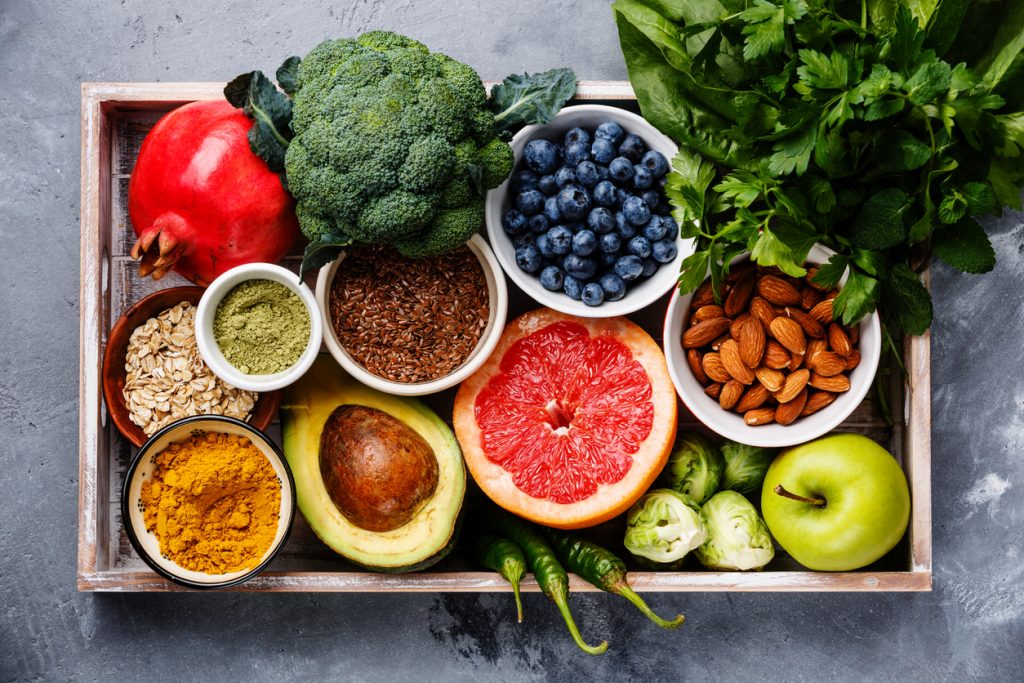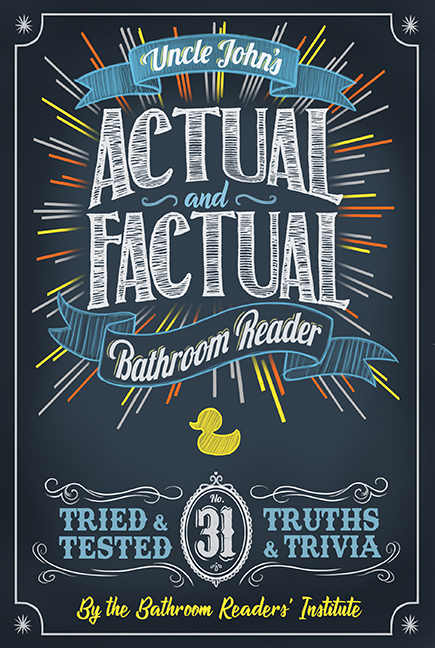Prepare to have your world turned upside-down.

Watermelon
Berries aren’t necessarily small. Technically speaking, a berry is a subset of fruit in which multiple viable seeds of the fruit are embedded and scattered throughout its edible flesh. This means that the massive watermelon, with its little black and white seeds spread throughout its pink flesh, is technically speaking, a berry.
Strawberries, raspberries, blackberries
Oddly enough, these three fruits that actually have the word “berry” in their names…aren’t really berries. A strawberry is an enlarged end of a stem, embedded on the outside with seeds. The same is true for raspberries and blackberries. Seeds on the outside means they aren’t berries.
Chili peppers
Like a watermelon, its seeds are spread throughout. A chili pepper is a berry.
Looking for more trivia? Uncle John's Factual and Actual Bathroom Reader contains 512 pages of all-new articles that will appeal to readers everywhere. Pop culture, history, dumb crooks, and other actual and factual tidbits are packed onto every page of this book.
Avocadoes
Fruits don’t have to be sweet. The tomato is technically a fruit because it is the fleshy product of a plant that contains seeds and is edible. The same is true for avocadoes, which means that guacamole is really just a fruit salad (or even a smoothie).
Vegetables
While fruit has a very specific definition, what makes a vegetable is up for debate. It’s generally thought of as anything plant-based that can be eaten, and at least in the West, isn’t terribly sweet.
Carrots
Carrots are among the sweetest “vegetables,” but the one thing everyone thinks they know about carrots isn’t true. They are healthy (they’re especially rich in vitamin A) but they really don’t improve eyesight. During World War II, the Royal Air Force was using radar to find Nazi war planes, but they didn’t want the Nazis to know that. So, the British government spread a bit of propaganda claiming that fighter pilot John Cunningham had 20/20 vision, even at night, because he ate lots of carrots. (It also led to much more enthusiastic eating of carrots grown in “Victory Gardens.”)








